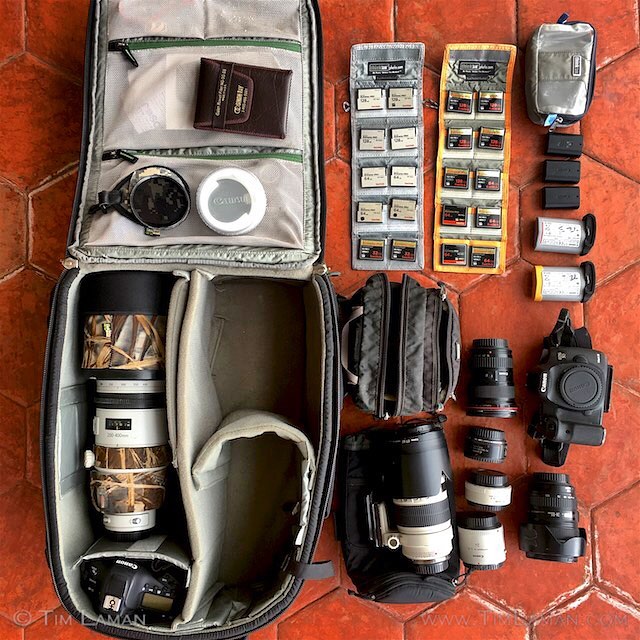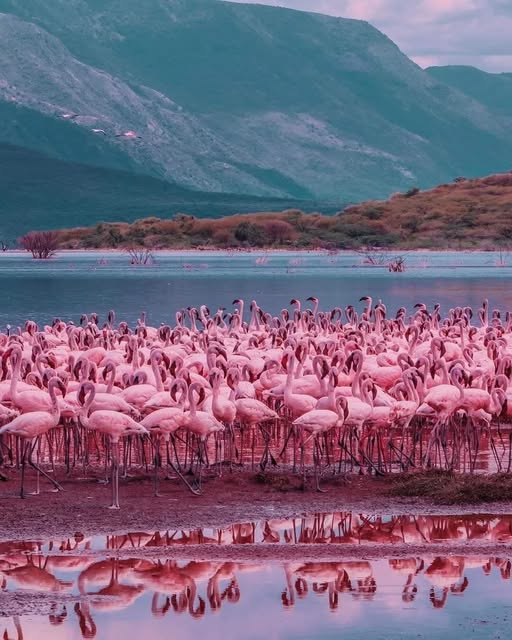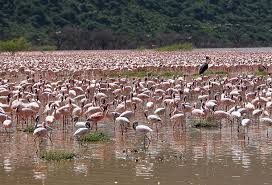The Ultimate East Africa Travel Photography Guide 2025/2026 – Discover top destinations, expert tips, best gear, and ethical wildlife photography advice for your safari.
Table of Contents
The Ultimate East Africa Travel Photography Guide 2025/2026
Top Tips and Hidden Gems
East Africa has always been a treasure trove for photographers, from the awe-inspiring Great Migration to the snow-capped peaks of Mount Kilimanjaro. However, 2025/2026 promises even more as travel photographers gear up to explore this region’s diversity of wildlife, landscapes, and vibrant cultures. Whether an amateur or a seasoned pro, this guide will help you on your photography adventures across East Africa.
Ready to capture award-worthy shots? Let’s explore how to prepare, where to go, and what secrets to uncover to elevate your travel photography this year.
1. Must-Have Photography Gear for East Africa
Packing the right gear is essential to capturing East Africa’s breathtaking beauty. Here’s what you need for 2025:
- Camera Bodies: Mirrorless cameras like the Sony A7 IV or Canon EOS R5 offer portability and high resolution.
- Lenses: Wide-angle lenses for landscapes (16-35mm), telephoto lenses for wildlife (70-200mm or 100-400mm), and prime lenses for portraits (50mm f/1.8).
- Drone Suggestions: Consider lightweight drones like the DJI Mini 3 Pro or Air 2S, ideal for capturing aerial views of the Serengeti or flamingos at Lake Natron. (Check local regulations before flying!)
- Weather Protection: Rain covers, waterproof bags, and silica gel packets to combat East Africa’s variable climates.

2. Tips for Wildlife Photography: Capture Stunning Shots
East Africa is synonymous with world-class wildlife photography, but preparation is key.
- Best Time: Plan your visit during dry seasons (June to October) for wildlife concentrations around waterholes.
- Camera Settings: Use a fast shutter speed (1/1000s or faster) for action shots, especially during the Great Migration in Kenya or Tanzania.
- Pro Tip: Bring a bean bag or monopod for steady shots while on safari vehicles.
3. Landscape Photography Tips
From the misty Rwenzori Mountains to the dramatic rift valleys, East Africa is a dream for landscape photographers.
- Best Time for Lighting: Shoot during the golden hours (sunrise and sunset) for softer light and stunning shadows.
- Composition: Incorporate natural elements like acacia trees, Maasai herders, or reflections in lakes for more dynamic shots.
- Editing Tip: Use Lightroom to enhance colors while maintaining the natural beauty of the scene.
4. Cultural Photography Insights
East Africa’s rich cultural diversity offers unique storytelling opportunities.
- Interacting with Locals: Build trust by showing genuine interest in their stories. Learn basic Swahili phrases like “Jambo” (hello) to create rapport.
- Event Photography: Attend festivals like the Rwanda Umuganura Festival or Maasai ceremonies for vibrant, authentic moments.
- Cultural Sensitivity: Always ask for permission before photographing individuals or sacred spaces.
5. Seasonal Insights for 2025
Timing your trip is crucial to capturing the region’s best moments. Here are some season-specific suggestions:
- January-March: Perfect for photographing calving season in the Serengeti or lush green landscapes post-rains in Uganda and Rwanda.
- July-October: Witness and capture the Great Migration’s dramatic river crossings in Kenya and Tanzania.
- November-December: Explore coastal regions like Lamu Island for pristine beaches and vibrant cultural festivals.
6. Hidden Gems for Unique Shots
For travelers seeking off-the-beaten-path destinations, East Africa’s hidden gems provide extraordinary photographic opportunities. Here are the freshest picks for 2025:
1. Chyulu Hills – Kenya
Rolling green hills with dramatic vistas make this an ideal destination for landscape photography.
- Photography Tip: Capture the ethereal morning mist and frame Mount Kilimanjaro in the background.
2. Entebbe Botanical Gardens – Uganda
A tranquil haven of tropical plants, exotic birds, and unique monkeys.
- Photography Tip: Focus on macro photography of plants or close-ups of bird species.
3. Lake Bogoria – Kenya
Famed for its flocks of flamingos and geothermal hot springs.
- Photography Tip: Drone shots of flamingos in flight or thermal mist from the hot springs.

4. Rubondo Island National Park – Tanzania
A remote island on Lake Victoria, offering unspoiled landscapes and rare wildlife.
- Photography Tip: Combine water reflections with wildlife for dynamic compositions.
5. Rwenzori Mountains – Uganda
Snow-capped peaks and otherworldly vegetation await adventurous photographers.
- Photography Tip: Use wide-angle lenses to capture the dramatic mountain scenery.
7. Drone Photography in East Africa
Drones have revolutionized travel photography, offering unparalleled aerial perspectives. Here are key things to know:

- Drone Regulations: Countries like Kenya and Tanzania require permits for drone use, so ensure you research local laws in advance.
- Best Destinations: Capture aerial shots of the terraced hills around Lake Bunyonyi or the flamingos at Lake Natron for dramatic visuals.
- Tips: Use ND filters for smoother video footage and fly during early mornings for softer light and less wind.
8. Post-Processing and Editing Tips
Good photography doesn’t end with the shot. Post-processing can elevate your images further.
- Lightroom Tips: Use graduated filters to enhance East Africa’s dramatic skies, and selectively boost greens and yellows for vibrant landscapes.
- Presets: Invest in presets tailored for wildlife and landscapes to save time and maintain consistency.
9. Ethical Photography Practices
Respecting local cultures and wildlife is crucial for sustainable tourism.
- Wildlife: Never disrupt animal behavior for a shot. Maintain a safe distance and avoid using flash.
- Cultural Photography: Seek consent, especially when photographing people in rural communities or during ceremonies.
- Drone Use: Avoid flying near wildlife or over-populated areas without permission.
FAQ‘s
What is the best time for photography in East Africa?
The dry season (June to October) is ideal for wildlife photography, while the rainy season (March to May) offers vibrant landscapes and fewer crowds.
Do I need a permit for drone photography?
Yes, most East African countries require permits for drones. Research the rules for your destination before traveling.
What camera settings are best for safaris?
Use a fast shutter speed (1/1000s or higher) for wildlife, a low ISO for landscapes (100-400), and a wide aperture (f/2.8-f/5.6) for portraits.
Which destinations are best for drone photography?
Lake Bunyonyi in Uganda, Lake Natron in Tanzania, and the Maasai Mara in Kenya offer exceptional drone photography opportunities.
How do I protect my gear during travel?
Invest in waterproof camera bags, lens cleaning kits, and silica gel packets to safeguard your gear from dust and moisture.
Plan Your Photography Adventure Today!
East Africa is a photographer’s paradise, and 2025 offers even more unique opportunities to capture its raw beauty. Whether it’s wildlife in the Serengeti, cultural festivals in Rwanda, or hidden gems like Rubondo Island, every frame tells a story.
Start planning your photography adventure with Agasaro Safaris. We’ll take care of the logistics while you focus on capturing unforgettable memories. Contact us today to book your photography tour!
